Forty students attended a lecture and hands-on workshop by Stanford professor John Edmark about the geometry of spirals in a workshop hosted by Art Club and Math Club on April 28.
Edmark introduced the concept of the logarithmic spiral, a pattern where each curve maintains its shape while changing size. This type of spiral is related to the golden ratio, an irrational number approximately equal to 1.618. He explained how this spiral appears throughout nature, in structures like sunflowers, pinecones and artichokes, where each new petal grows 137.5 degrees, or the golden angle, away from the previous one.
“[Edmark’s] work is right on that sweet spot between engineering and art,” visual arts teacher Brian Caponi said. “It’s really fascinating to see precision and design within the context of the broader relationship between art and engineering. This is by far the most precise drawing that will ever happen in this space, and it’s really cool to see a system as it relates to larger systems in the world.”
Students participated in a collaborative drawing activity, using rulers, pencils and a golden angle template to create spiral patterns on a large piece of paper. Edmark then instructed students to connect numbers that are eight or 13 apart. As students connected the points, spiral patterns emerged.
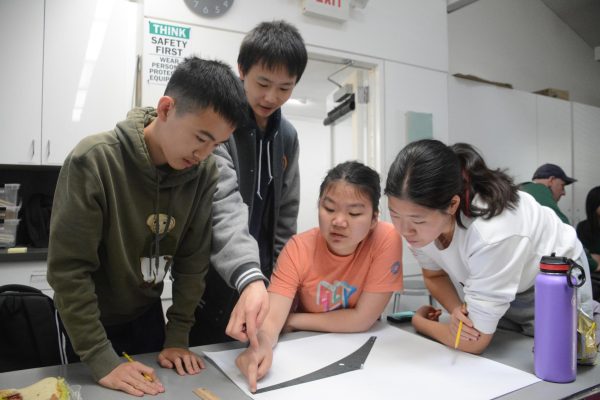
Edmark explained that different patterns become more visible depending on the expansion factor, which is the ratio between the sizes of consecutive turns in the spiral. A higher expansion factor leads to a more spread-out spiral, while a lower expansion factor results in a tighter spiral. Regardless of the expansion factor, the underlying mathematical structure of the spiral remains constant.
Frosh attendee Chian-Shin Du highlighted how the hands-on nature of the workshop allowed students to explore these mathematical concepts in a tangible way.
“I liked how it was interactive and how we got to actually draw things,” Chian-Shin said. “The fact that the spiral pattern can be found a lot in nature is really cool and something that I thought was interesting.”
Edmark also discussed the presence of Fibonacci numbers, noting that the ratio between consecutive Fibonacci numbers approaches the golden ratio.

To close the event, Edmark described examples from his own work, explaining how he created moving sculptures that mimic natural spirals using a single block of wood and laser-cutting techniques. He showcased one of his personal works entitled “Bloom,” a kinetic piece that displayed a spiral movement as it spun under a strobe light that flashed every time the sculpture turned 137.5 degrees, giving the illusion that it was growing. Edmark noted that creating the structure took nearly five years of development.
“I hope that for those that were here today that maybe weren’t so mathematically inclined, that might have helped them see that there is a beauty and excitement and a creativity in mathematics, this being just one example,” Edmark said. “Math is a great tool for exploring ideas. Without math, without geometry, I couldn’t really explore these ideas.”

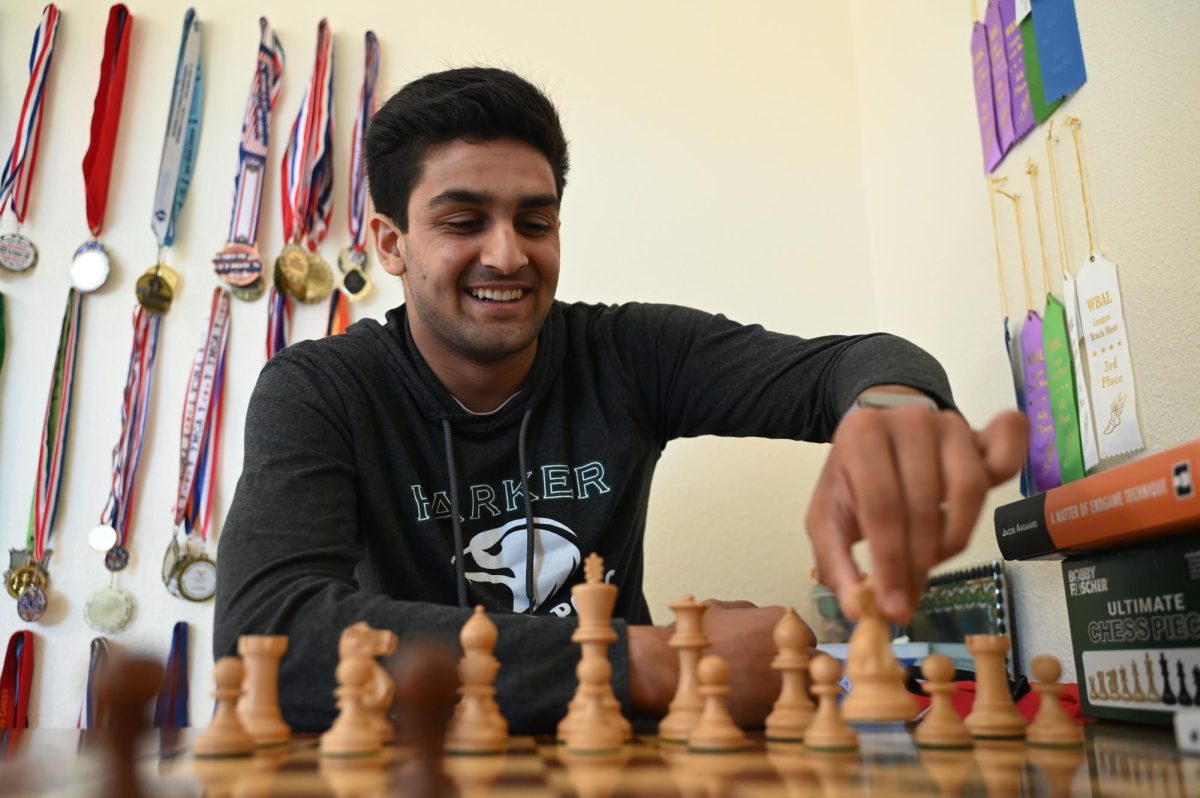
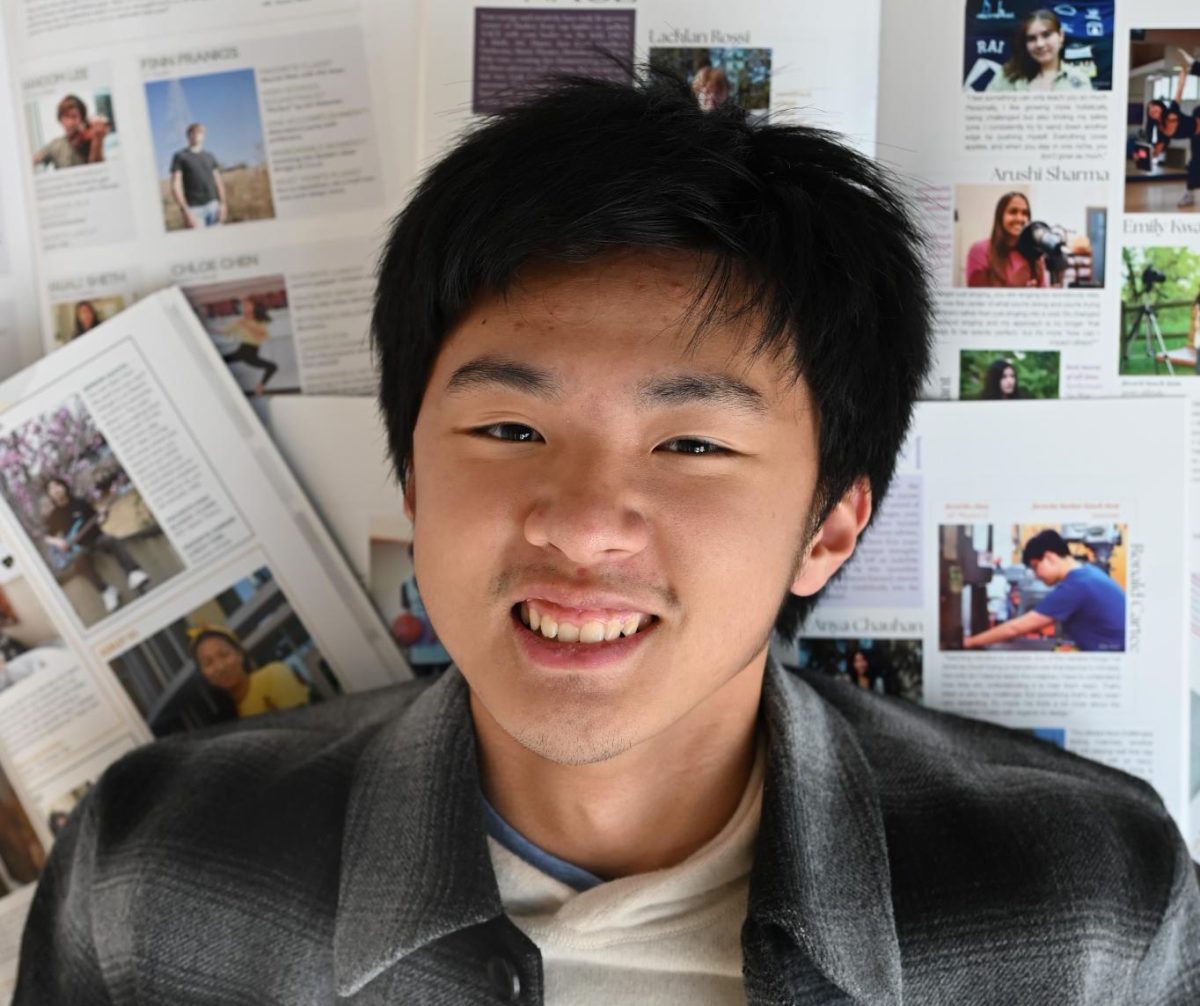
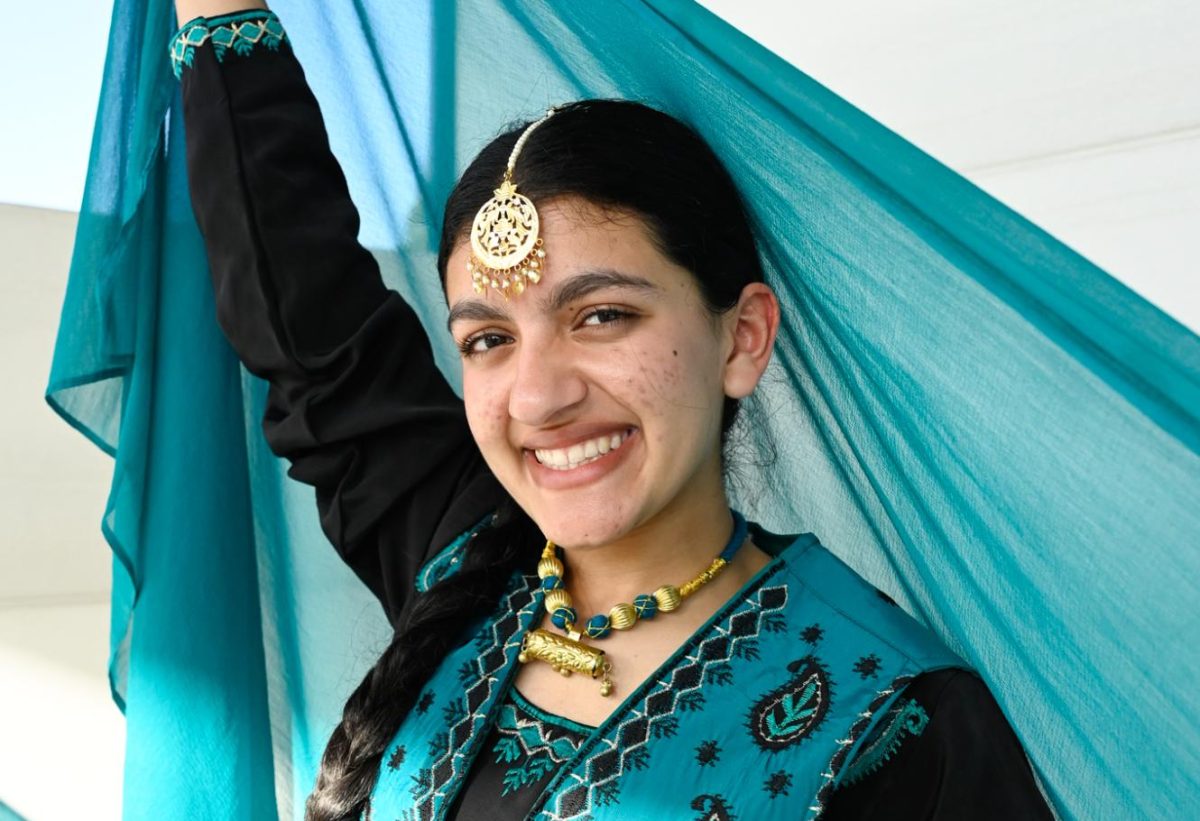
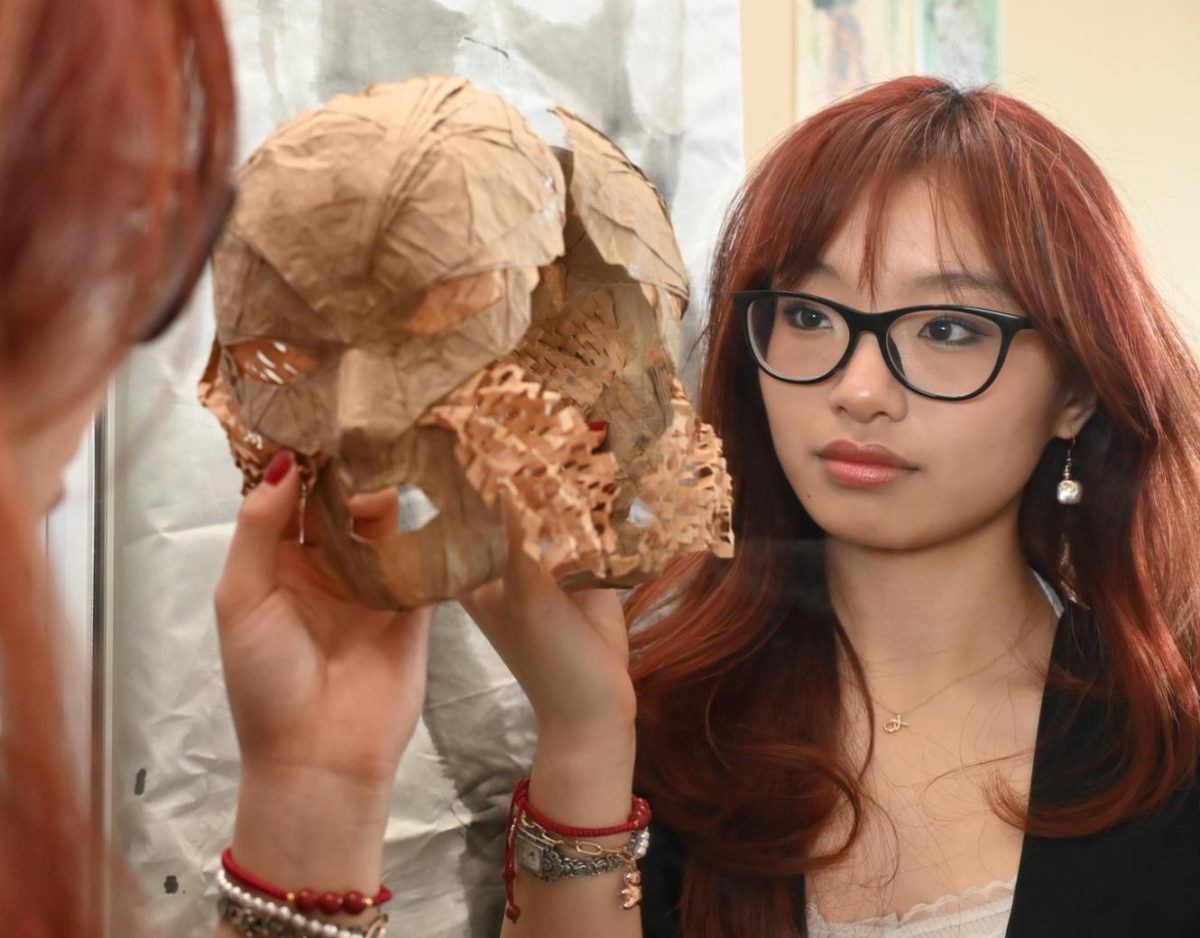
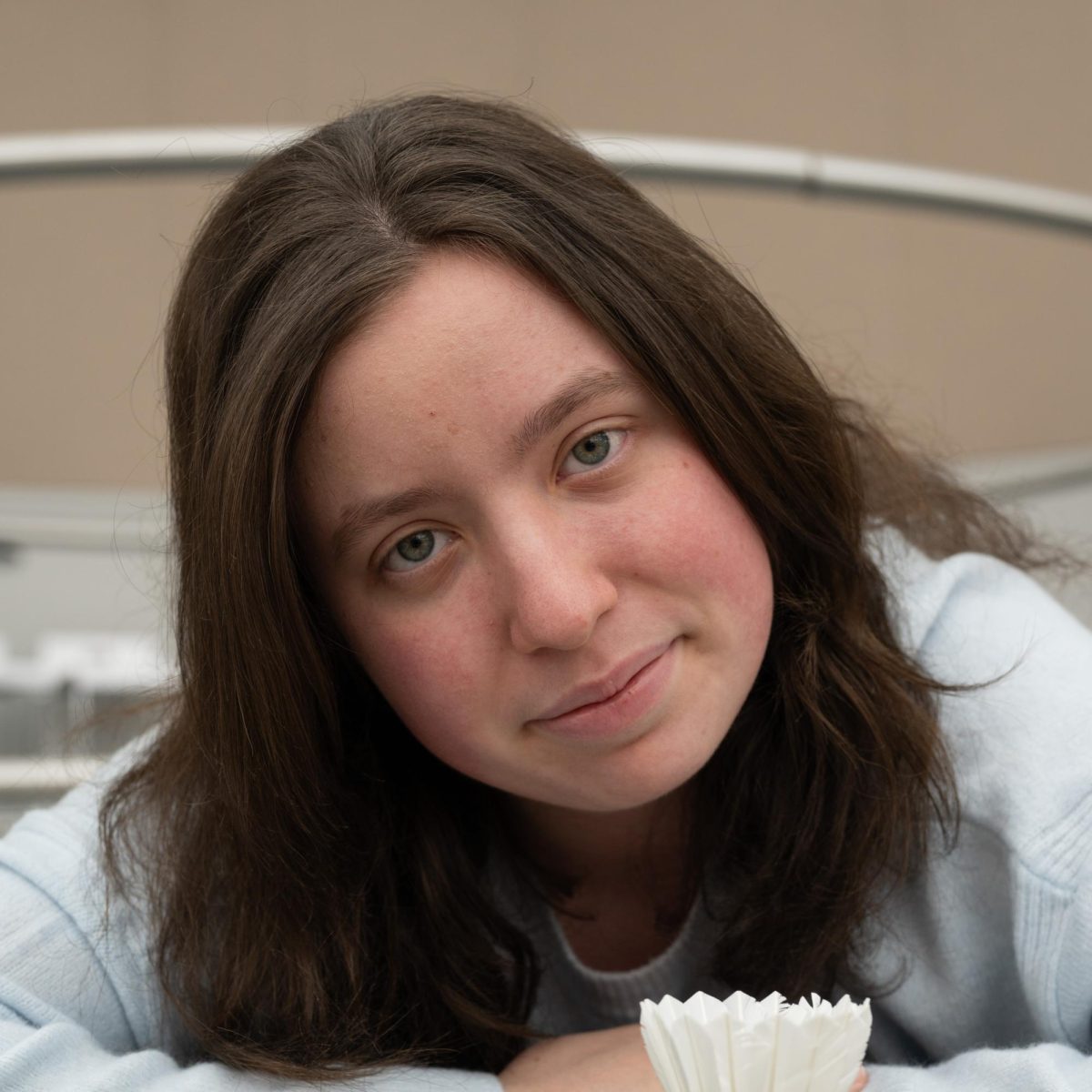
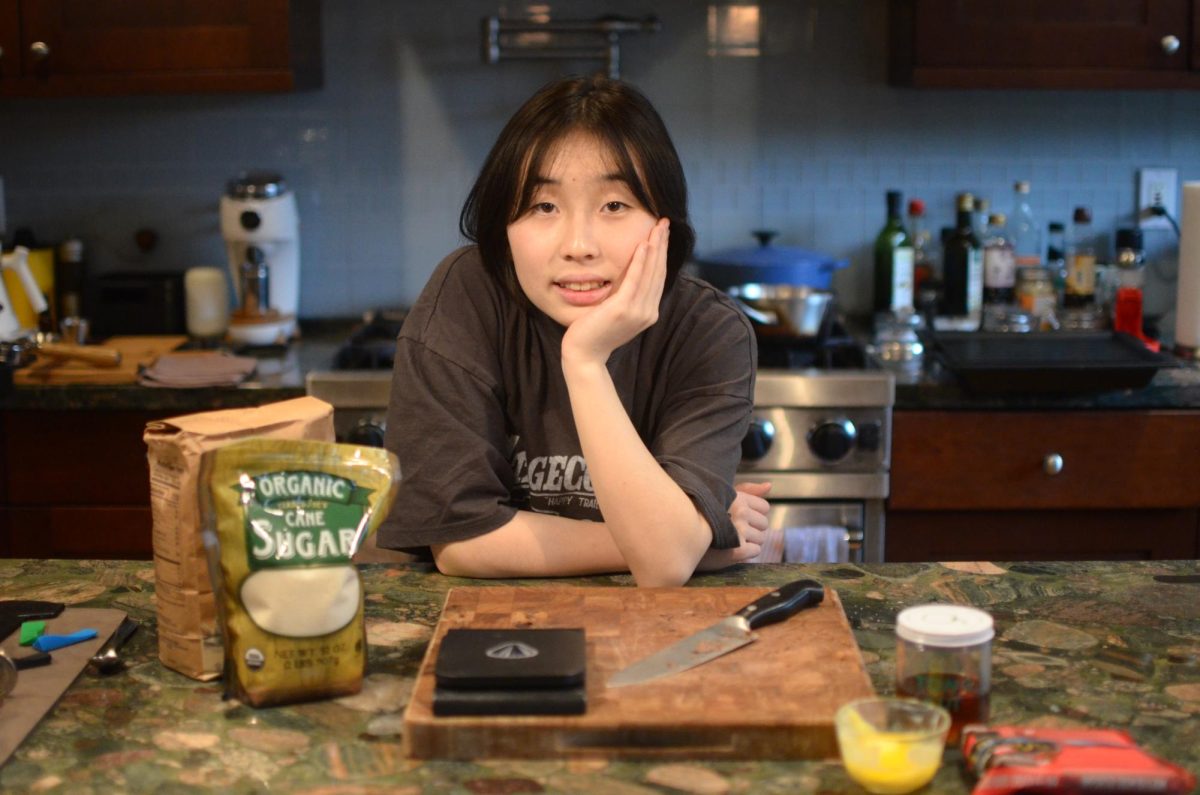
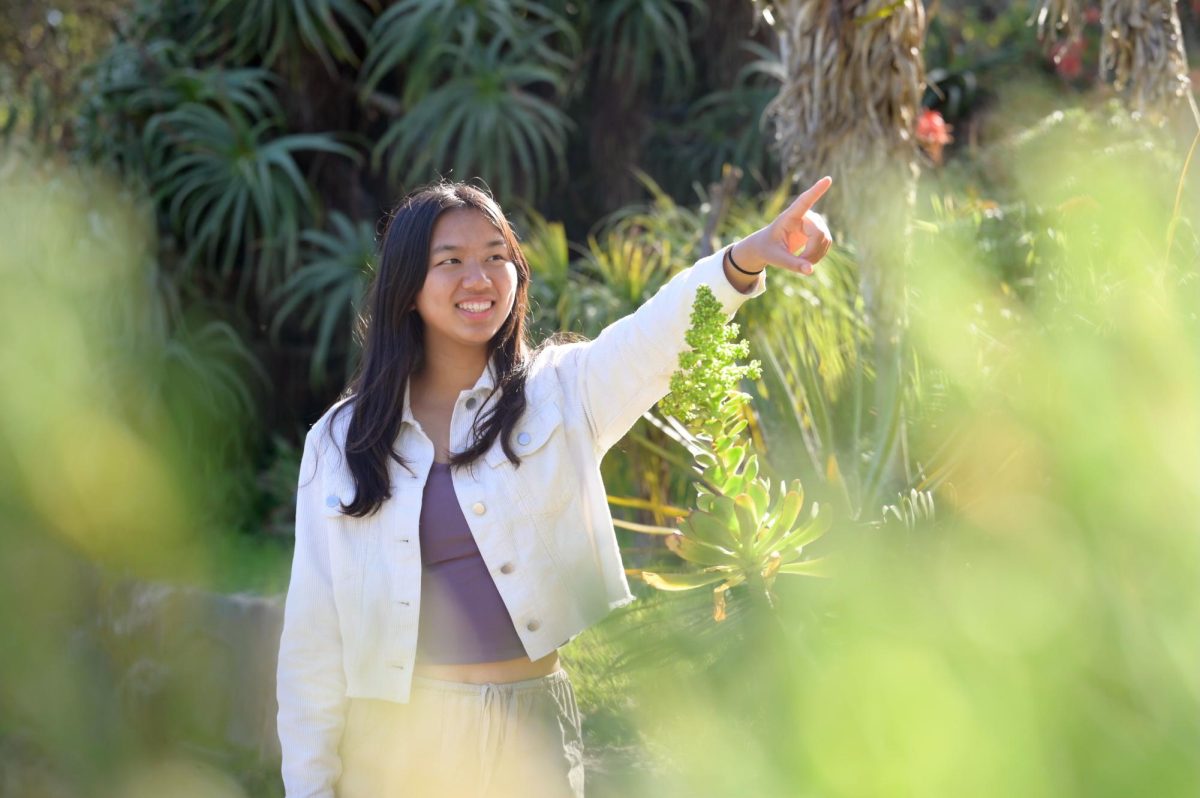


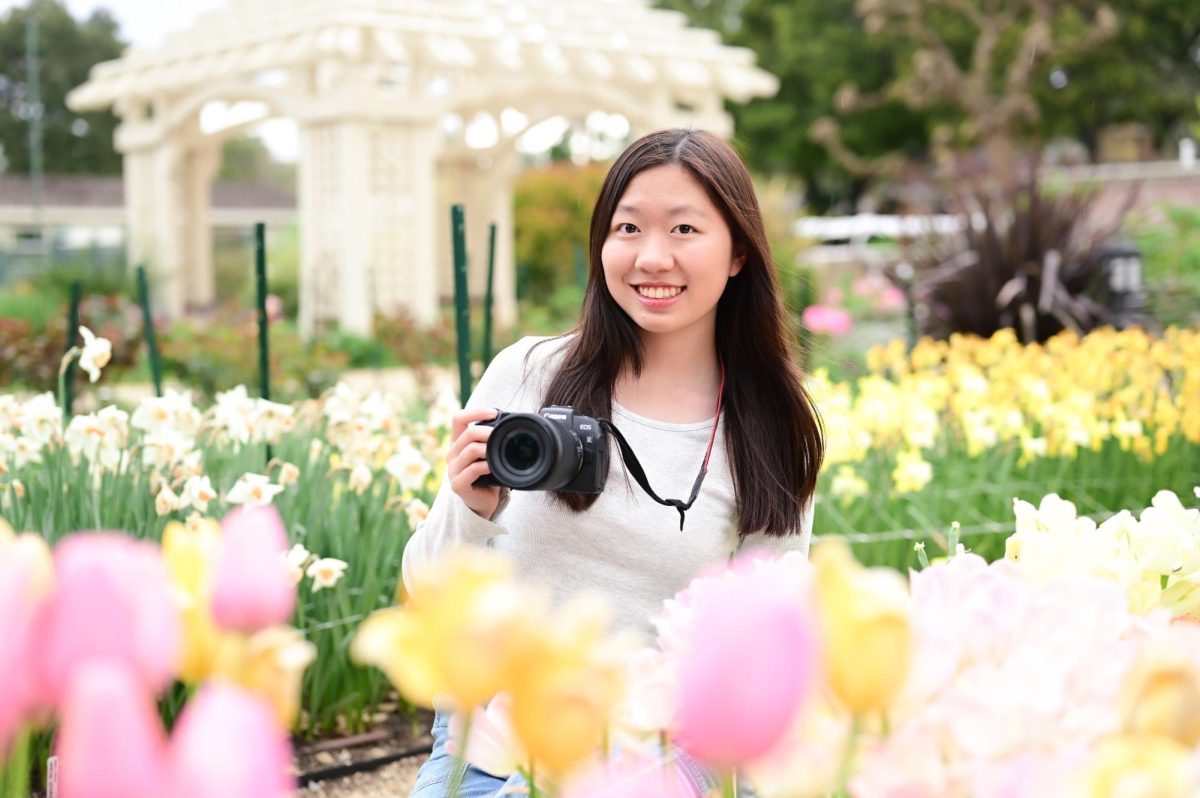







![“[Building nerf blasters] became this outlet of creativity for me that hasn't been matched by anything else. The process [of] making a build complete to your desire is such a painstakingly difficult process, but I've had to learn from [the skills needed from] soldering to proper painting. There's so many different options for everything, if you think about it, it exists. The best part is [that] if it doesn't exist, you can build it yourself," Ishaan Parate said.](https://harkeraquila.com/wp-content/uploads/2022/08/DSC_8149-900x604.jpg)




![“When I came into high school, I was ready to be a follower. But DECA was a game changer for me. It helped me overcome my fear of public speaking, and it's played such a major role in who I've become today. To be able to successfully lead a chapter of 150 students, an officer team and be one of the upperclassmen I once really admired is something I'm [really] proud of,” Anvitha Tummala ('21) said.](https://harkeraquila.com/wp-content/uploads/2021/07/Screen-Shot-2021-07-25-at-9.50.05-AM-900x594.png)







![“I think getting up in the morning and having a sense of purpose [is exciting]. I think without a certain amount of drive, life is kind of obsolete and mundane, and I think having that every single day is what makes each day unique and kind of makes life exciting,” Neymika Jain (12) said.](https://harkeraquila.com/wp-content/uploads/2017/06/Screen-Shot-2017-06-03-at-4.54.16-PM.png)








![“My slogan is ‘slow feet, don’t eat, and I’m hungry.’ You need to run fast to get where you are–you aren't going to get those championships if you aren't fast,” Angel Cervantes (12) said. “I want to do well in school on my tests and in track and win championships for my team. I live by that, [and] I can do that anywhere: in the classroom or on the field.”](https://harkeraquila.com/wp-content/uploads/2018/06/DSC5146-900x601.jpg)
![“[Volleyball has] taught me how to fall correctly, and another thing it taught is that you don’t have to be the best at something to be good at it. If you just hit the ball in a smart way, then it still scores points and you’re good at it. You could be a background player and still make a much bigger impact on the team than you would think,” Anya Gert (’20) said.](https://harkeraquila.com/wp-content/uploads/2020/06/AnnaGert_JinTuan_HoHPhotoEdited-600x900.jpeg)

![“I'm not nearly there yet, but [my confidence has] definitely been getting better since I was pretty shy and timid coming into Harker my freshman year. I know that there's a lot of people that are really confident in what they do, and I really admire them. Everyone's so driven and that has really pushed me to kind of try to find my own place in high school and be more confident,” Alyssa Huang (’20) said.](https://harkeraquila.com/wp-content/uploads/2020/06/AlyssaHuang_EmilyChen_HoHPhoto-900x749.jpeg)





![LALC Vice President of External Affairs Raeanne Li (11) explains the International Phonetic Alphabet to attendees. "We decided to have more fun topics this year instead of just talking about the same things every year so our older members can also [enjoy],” Raeanne said.](https://harkeraquila.com/wp-content/uploads/2025/10/DSC_4627-1200x795.jpg)






